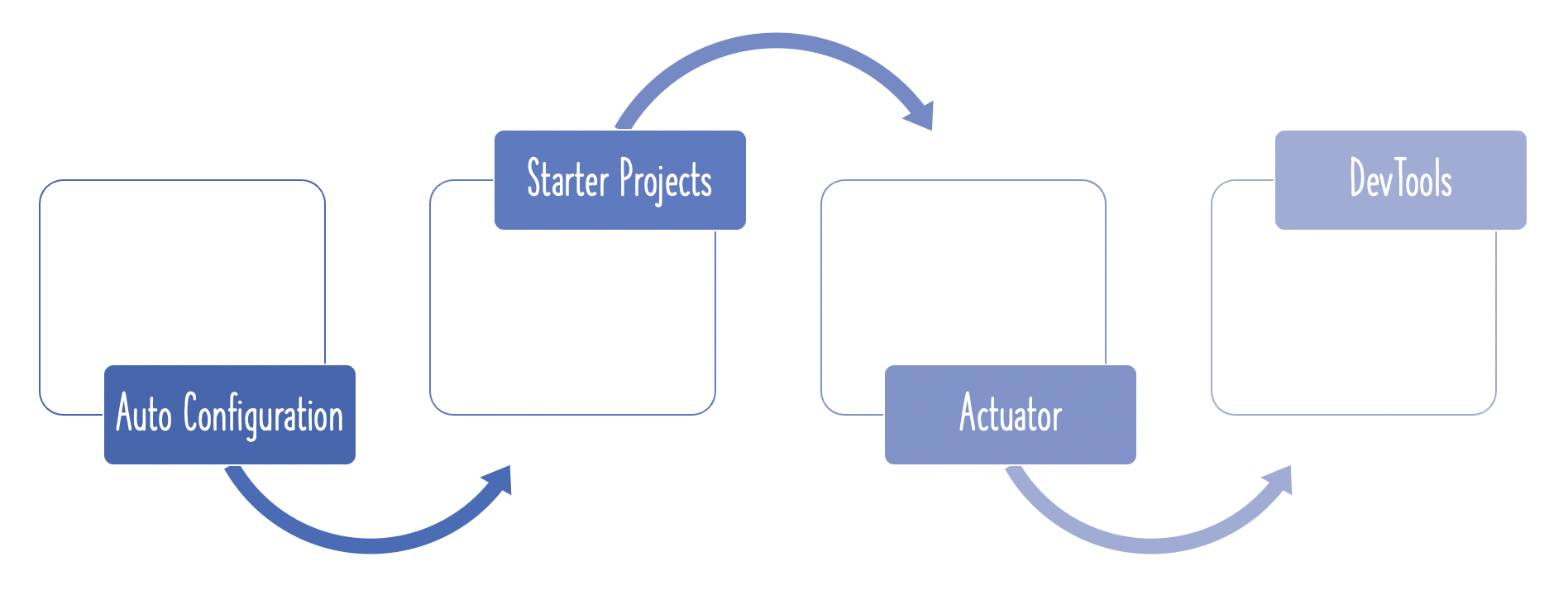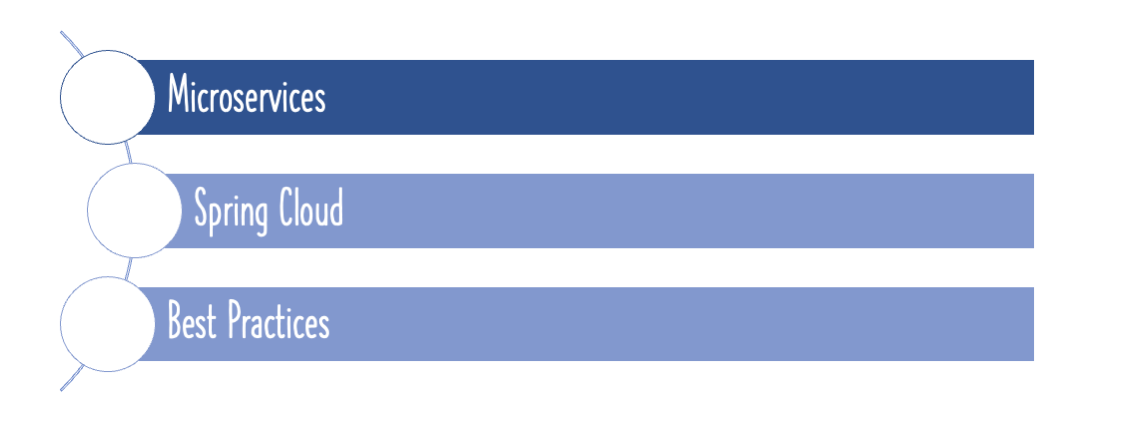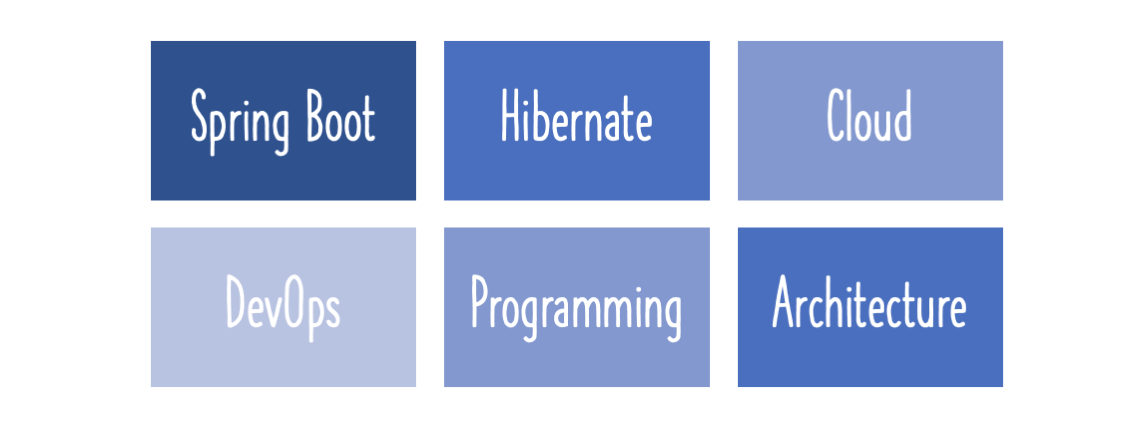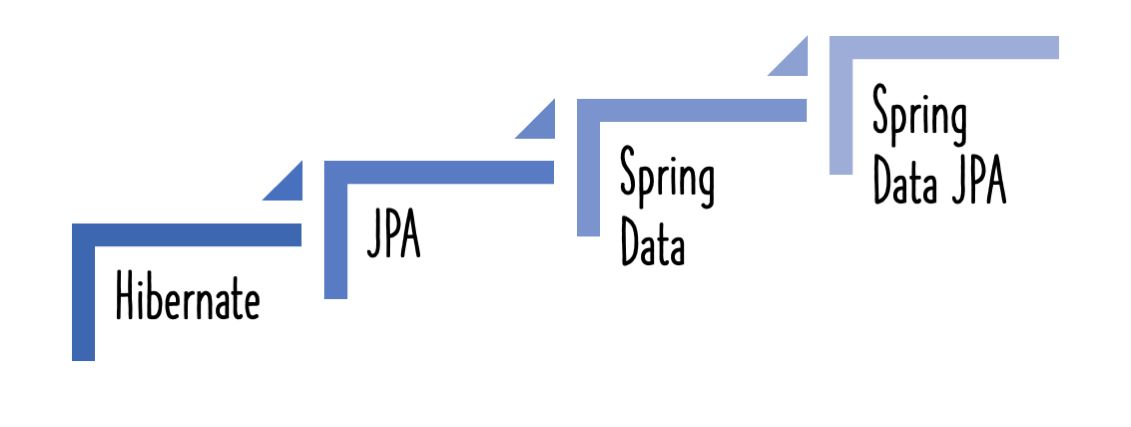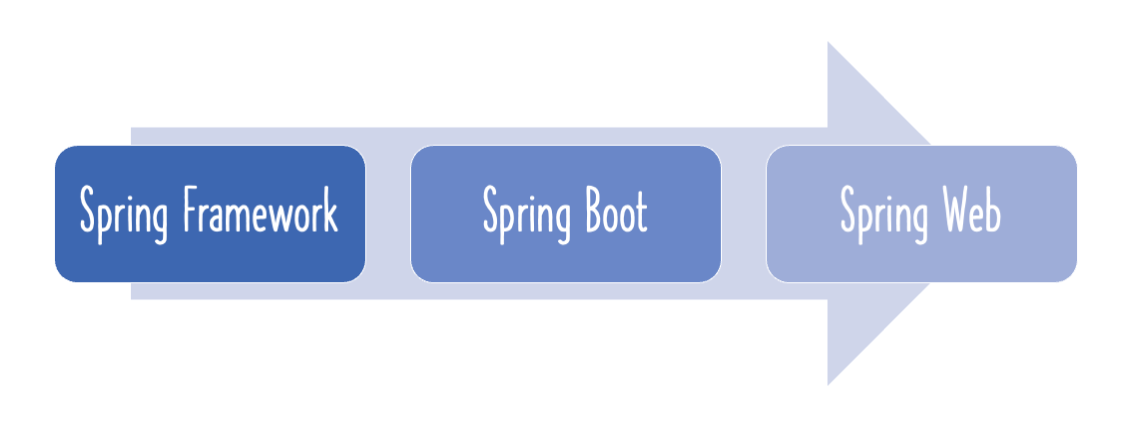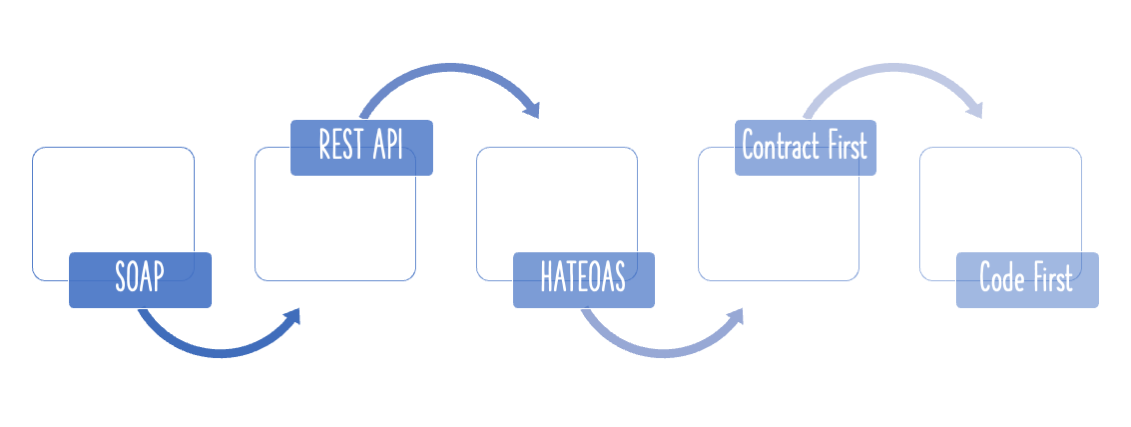Learn how to log effectively with Spring Boot. We will look at Spring Boot Starter for Logging. We will look at the defaults in Spring Boot for Logging - Logback and SLF4J. We will also looking at the Spring Boot starter for log4j2.
Default Logging Framework with Spring Boot
Spring boot provides a default starter for logging - spring-boot-starter-logging. It is included by default in spring-boot-starter which is included in all other starters.
This means whenever you use any starters like
spring-boot-starter-weborspring-boot-starter-data-jpa, you get logging for free!
Let’s look at what is present in the Logging Starter.
<dependency>
<groupId>ch.qos.logback</groupId>
<artifactId>logback-classic</artifactId>
<scope>compile</scope>
</dependency>
<dependency>
<groupId>org.apache.logging.log4j</groupId>
<artifactId>log4j-to-slf4j</artifactId>
<scope>compile</scope>
</dependency>
<dependency>
<groupId>org.slf4j</groupId>
<artifactId>jul-to-slf4j</artifactId>
<scope>compile</scope>
</dependency>
<dependency>
<groupId>org.slf4j</groupId>
<artifactId>log4j-over-slf4j</artifactId>
<scope>compile</scope>
</dependency>
As you can see the default logging framework is Logback with SLF4j as implementation.
By default, all logging goes to console.
Configure Logging Levels
In application.properties, we can use the “logging.level” prefix to set logging levels.
logging.level.some.package.path=DEBUG
logging.level.some.other.package.path=ERROR
Root logging level can be configured as shown below
logging.level.root=WARN
Configuring a Log File
You can configure a log file by using logging.file property in application.properties. The logging here would be in addition to the logging in console.
logging.file=\path_to\logfile.log
Custom configuration using logback.xml
Spring Boot will pick up all custom configuration using logback.xml as long as it is in the application class path.
Example code
LOGGER.trace("Your log - {}", value);
LOGGER.debug("debug - {}", value);
LOGGER.info("info- {}", value);
LOGGER.warn("warn - {}", value);
LOGGER.error("error - {}", value);
Using Log4j2 for logging with Spring Boot
We would need to exclude the dependency on spring-boot-starter-logging and add a dependency on spring-boot-starter-log4j2.
<dependency>
<groupId>org.springframework.boot</groupId>
<artifactId>spring-boot-starter</artifactId>
<exclusions>
<exclusion>
<groupId>org.springframework.boot</groupId>
<artifactId>spring-boot-starter-logging</artifactId>
</exclusion>
</exclusions>
</dependency>
<dependency>
<groupId>org.springframework.boot</groupId>
<artifactId>spring-boot-starter-log4j2</artifactId>
</dependency>
Let’s take a quick look at the dependencies in log4j2 starter.
<dependency>
<groupId>org.apache.logging.log4j</groupId>
<artifactId>log4j-slf4j-impl</artifactId>
<scope>compile</scope>
</dependency>
<dependency>
<groupId>org.apache.logging.log4j</groupId>
<artifactId>log4j-api</artifactId>
<scope>compile</scope>
</dependency>
<dependency>
<groupId>org.apache.logging.log4j</groupId>
<artifactId>log4j-core</artifactId>
<scope>compile</scope>
</dependency>
<dependency>
<groupId>org.slf4j</groupId>
<artifactId>jul-to-slf4j</artifactId>
<scope>compile</scope>
</dependency>
Custom configuration using log4j2.xml
Spring Boot will pick up all custom configuration using log4j2.xml as long as it is in the application class path.
You also have the option of using YAML or JSON with Log4j2.
- YAML - log4j2.yaml or log4j2.yml
- JSON - log4j2.json or log4j2.jsn
However, you would need to include the appropriate dependency to handle yaml(jackson-dataformat-yaml) or json(jackson-databind).
